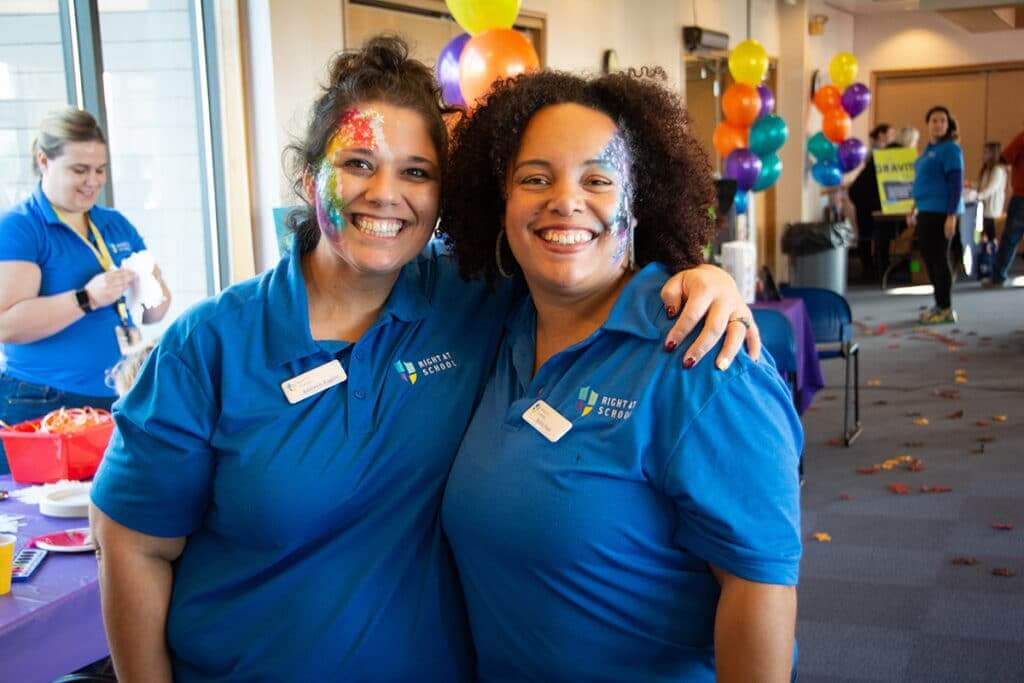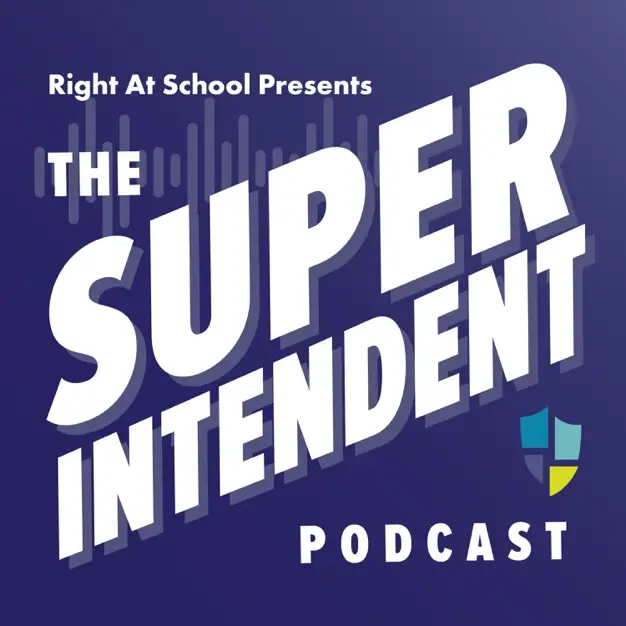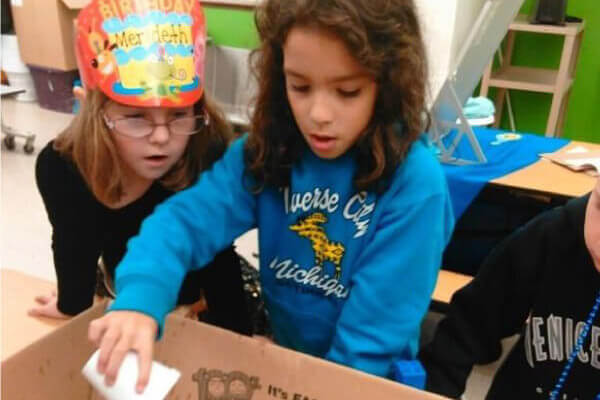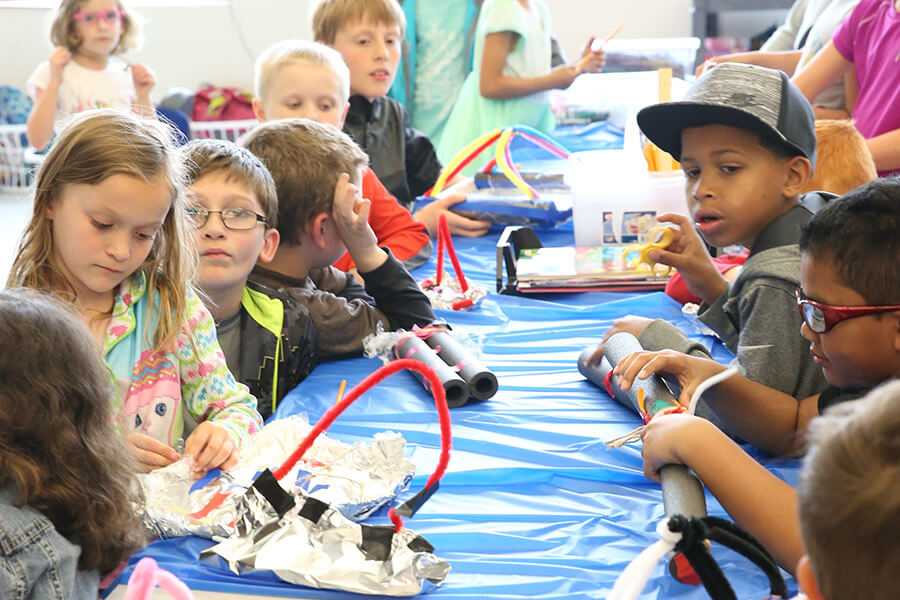Enrichment programs need to be an extension of what is happening at school that can complement the kinds of academic, social-emotional, and physical activities of the school day, while offering something new to students. This is really where the need for strategic partners comes in. Here are a few things to consider when seeking enrichment partners:
How Does an Effective Partner Build Capacity for Your District?
This question goes far beyond enrollment numbers. What we are really talking about here is the difference between a vendor and a true partner. A vendor relationship is something you manage, while a partner relationship is collaborative. You should be looking for a partner, one that truly understands what your school and district’s unique challenges are, and how the programs and services they will be offering help you achieve your strategic goals.
Ensuring the mission and vision of this partner align with the short and long term goals of your district is crucial.
How Does an Effective Partner Expand Opportunities for Students?
The needs of every school and district are different, and the goal is to complement, not replicate, as they expand programming beyond the school day. Does the program structure and curriculum of a potential partner truly expand opportunities for your students? Programs should allow students to engage in activities, develop their interests, and apply their skills in ways they don’t get to within the structure of the traditional school day. They should be flexible enough to offer a variety of project-based opportunities, as well as self-directed learning activities. Students should share accomplishments and build collaborative relationships with staff and peers. Connecting the program with the larger community through service-based projects is another way to expand opportunities.
Again, the key word here is “expand.” Districts should be looking for a partner that can provide dynamic experiences for students, and an environment they will look forward to being a part of.
How Does an Effective Partner Adapt to Evolving District Needs?
Program leaders should be holding regular check-ins with district administrators, school principals, and teachers to discuss shared space, partner around children’s needs, and share parent feedback. Attending district board meetings is another way for partners to stay up-to-date on key initiatives and district priorities, as is forming strong relationships with each school’s PTO/A. They should also have practices in place for ongoing quality assurance, including program assessments. In some cases, districts may already have measurement tools in place, and partners may be able to incorporate those tools into their program implementation, in addition to using their own.
Ongoing feedback and communication is what ensures a relationship is adaptive, and not reactive.
When looking at potential partners, make sure to ask questions about how they stay aligned with the needs of schools, students, and families.

How Does an Effective Partner Consistently Staff Programs?
The ongoing teacher shortage continues to be at crisis levels around the country, and districts are also struggling to staff buses, cafeterias, and after school programs. These shortages impact opportunities for students, and most often affect traditionally underserved students more.
Staffing plans are part of every district’s process for vetting potential extended day partners, but the conversation needs to go beyond submitting a plan. Districts should be looking for partners who have demonstrated a history of consistently staffing programs, and for addressing staffing challenges effectively, without limiting access to many of the students who need programming the most.
Collaborative Leadership is the Key
For a successful extended day program, there must be a collaborative partnership at the foundation. Schools and districts should be looking for strategic partners that can truly expand their capacity to support students by connecting school, home, and community.








